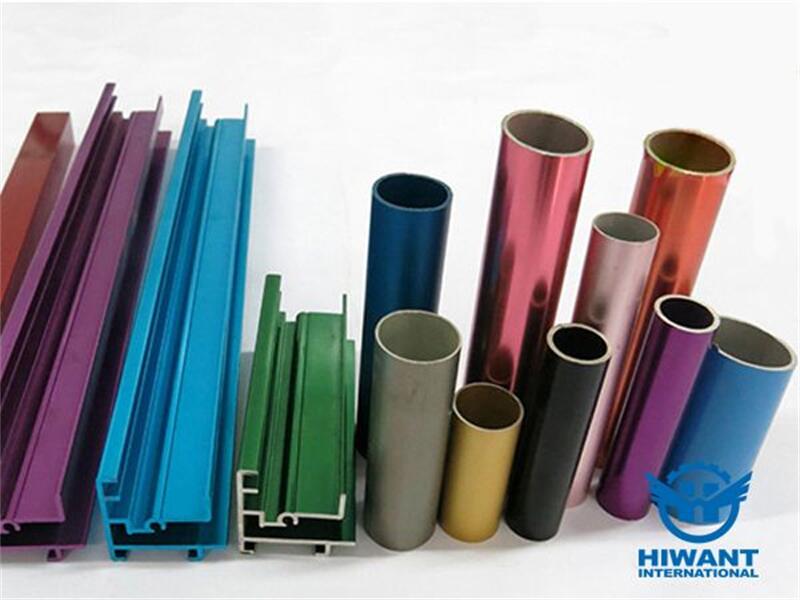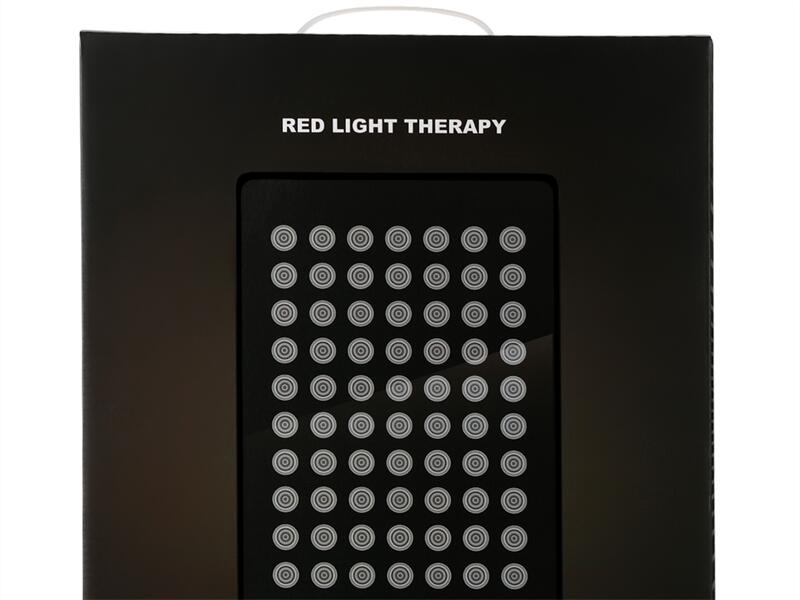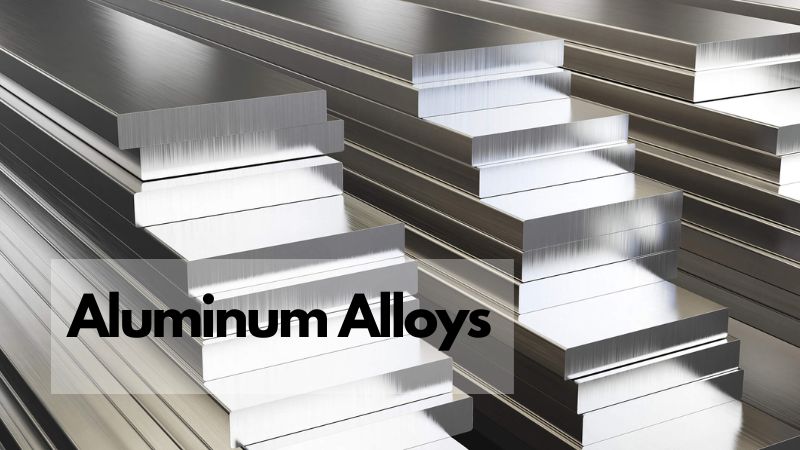All Materials Are Customizable
Frame
The material between aluminum alloy and steel, as well as the colors, are both optional.
More infoLED
Wavelengths, number of chips, and lens angles can all be tailored to individual specifications.
More infoAccessories
Box, stand, plug, and other options are all able to be tailored to cater to your specific needs.
More info





